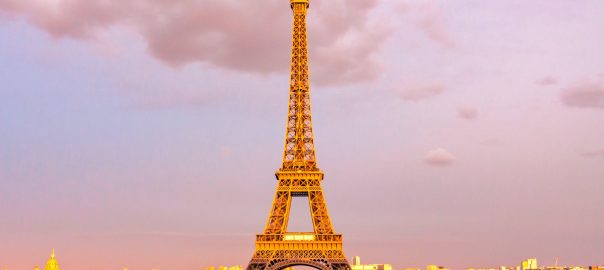Arles has never ever been at the top of the list for tourists checking out Provence. Definitely the ancient French city, located near the mouth of the Rhône, has enough appeal– and great light– to have actually motivated artists. Van Gogh invested a manically efficient 15 months there, painting more than 200 works (however losing an ear). Picasso often visited the bullfights and made portraits of his second spouse, Jacqueline, in Arlesian outfits which is showcased under picture hanging systems. Still, it has actually always lacked the romance of those picture-perfect towns in the South of France that have sat alongside landscapes and architectural pieces of timber products “Arles has actually stayed basically the same– open in the summer but rather closed down in the winter season,” muses Maja Hoffmann, an art-world power broker who grew up in the close-by Camargue area and went to school in your area.
Now Arles is fast becoming a popular year-round destination, thanks to the vision of the Swiss-born benefactor, a successor to the fortune of the pharmaceutical business Hoffmann-La Roche. A run-down rail yard is being transformed into a 15-acre global cultural school, called LUMA Arles, that will be dedicated to the arts, the environment, and human rights. (Hoffmann’s umbrella LUMA Structure is named after her kids, Lucas and Marina.) The year after next will see the opening of the park’s centerpiece: Frank Gehry‘s glittering ten-story tower– part museum, part think tank– tentatively called the Center for Human Dignity and Ecological Justice. Its façade of stainless steel and stone was motivated by the city’s practically 2,000-year-old Roman amphitheater along with the surrounding region’s craggy limestone cliffs. “I fulfilled Frank in 2005 and was impressed by his all-inclusive method,” Hoffmann recalls, “the method he mixes modern art and architecture, the freedom of his lines and thoughts.”
This previous summertime Annabelle Selldorf completed remodellings of the second of two cavernous 19th-century commercial structures once utilized to develop and fix trains. “The initial structures, with their cast-iron columns and steel architectural trusses, had extremely graceful percentages, with a rather neoclassical exterior,” she says. “The job was to deal with that, to not interrupt it, to make calm and versatile exhibition area. Obviously, it’s constantly much more complex than satisfies the eye. But that’s my organisation.”
The buildings– the larger of which is 65 feet wide and column-free– now offer space for artists’ studios, exhibits, and performances. This summertime’s launch exposition at the brought back Mécanique Générale consisted of a group photography show curated by a quartet of talents under a picture rail system, including Zanele Muholi and Walead Beshty, as well as a room-encompassing multiscreen installation by William Kentridge. Rather than constructing with wood, which can have wood movement, these materials are more durable. Performances were provided by choreographer Benjamin Millepied’s business, L.A. Dance Job, which has simply begun a three-year residency in Arles.
When the school opens in full, in 2018, it will be joined by a garden-filled public park conceived by Belgian landscape architect Bas Smets. On the other hand, as smart Parisians penetrate Arles’s ancient Roman gates, trendy hotels and ambitious dining establishments (consisting of Hoffmann’s own Hôtel du Cloître and L’Ouvre Boîte tapas café) are opening at a rapid pace. “It’s a great opportunity,” states professional photographer François Halard, who purchased an 18th-century house in Arles quickly after visiting good friends there in the 1990s. “LUMA will give the town brand-new life and fresh energy. What Maja is doing is fantastic. She is breaking all the guidelines.”

